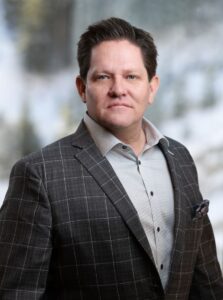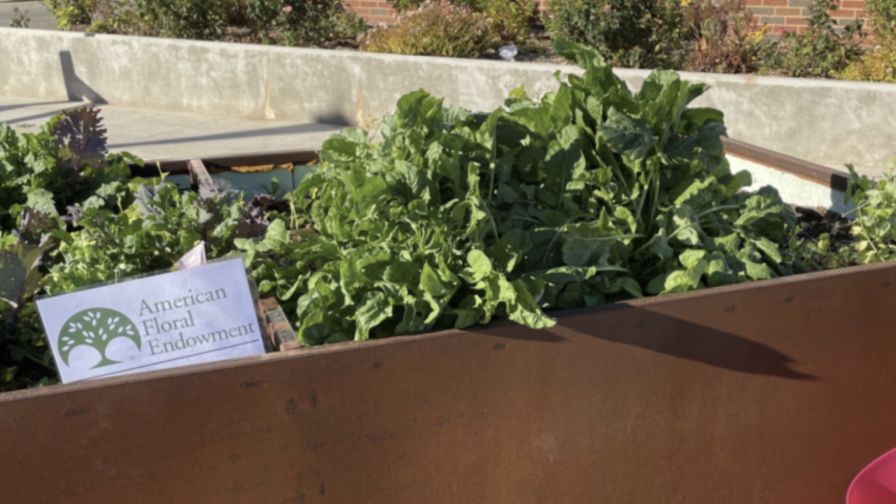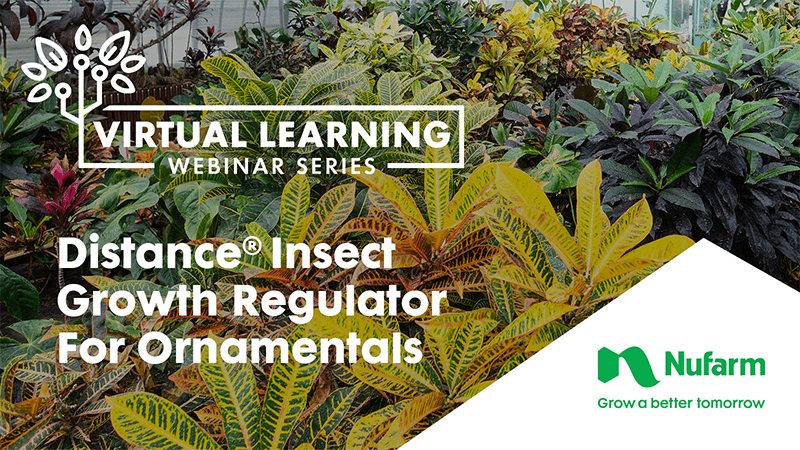CEA Design and Engineering Company Reflects on How the Indoor Growing Market Is Evolving
 urban-gro is a fully integrated architectural, engineering, and cultivation systems integration company that focuses on the controlled-environment agriculture (CEA) market. It specializes in designing and engineering high-performance facilities and has experience in hundreds of CEA facilities (for both food and cannabis) designed to ensure water consumption is monitored and precise, and energy consumption is fine-tuned to reduce growers’ carbon footprint.
urban-gro is a fully integrated architectural, engineering, and cultivation systems integration company that focuses on the controlled-environment agriculture (CEA) market. It specializes in designing and engineering high-performance facilities and has experience in hundreds of CEA facilities (for both food and cannabis) designed to ensure water consumption is monitored and precise, and energy consumption is fine-tuned to reduce growers’ carbon footprint.
Greenhouse Grower Senior Editor Brian Sparks recently talked with Bradley Nattrass, Chairman and CEO of urban-gro, about how the company has expanded over the past couple years, and the trends driving the CEA market now and into the future.
Brian Sparks: What are some of the services you are currently offering to the market?

Bradley Nattrass
Bradley Nattrass: We’ve rapidly changed over the last year and a half, dating back to February of 2021 when we uplisted to the NASDAQ. That was a key juncture in our company’s history because in the years prior to that, we were long on strategy and vision and short on working capital. When we uplisted, we raised $62 million, and that really allowed us to begin executing on our vision. At the time, we were a 37-person company focused on cultivation design, engineering, and the sale of equipment systems for cultivation. But we were not a manufacturer. We’ve evolved to a 125-person firm that has all of these services under one roof. We are still not a manufacturer and don’t intend to be a manufacturer. But we have dozens of manufacturing partners, so we’re able to specify, procure, and integrate a holistic cultivation or equipment package that fits any budget. Even though we’re nine years old, we’re really a year-and-a-half old and in my mind, and we’ve been able to bring great people on and make some strong acquisitions.
On the food side, we’ve worked with several vertical farming operators in North America, on design and facility problem-solving. In Europe, we designed the build of 20 indoor urban vertical farms (3,000 to 25,000 square feet) that will be built within retail or food service distribution centers or empty parking lots. Most of our team didn’t start in CEA, but many of them have taken their craft and come into the CEA market, whether it is cannabis or food, in the last decade.
Sparks: As you work on designs for some of these markets, what are some of the commonalities or differences you’re seeing among producers?
Nattrass: A controlled, precise environment is the key in both. You don’t see it as much in the greenhouse food side with vegetables because they have decades of production experience. On the cannabis side, what you’d see a lot is people trying to build a facility just like you’d grow tomatoes, for example. But it’s much different. The transpiration rate for cannabis is much different, and the environment is changing rapidly. The environmental controls and lighting systems, and the companies that provide them, are similar. The benching systems and the logistic systems are the key differences I see. When you walk into a Dutch greenhouse, there’s almost no human beings in there. It’s all automation. Cannabis doesn’t have that same level of automation. So I think that’s where there is a strong focus going in the future. That is the main difference today that I see, especially in vertical farms. In talking to Dutch manufacturers, there are a few that are working on it, but it’s still in the very early stages.
Sparks: When it comes to crops like lettuce or berries, do you see production shifting towards indoor production?
Nattrass: We do, at least for vertical farming. It’s all about taking the food closer to the people, or extending the shelf life of the product. On the berry side, there is going be a rapid increase in vertical farms of berries because you don’t have to worry about the pesticides if you control the environment correctly. From an urban vertical farming standpoint, we see the growth increasing in Europe much quicker than in the U.S. just because of the space constraints they have.
Sparks: When you’re working with growers, how do you help them make decisions as far as the types of technology upgrades that are the best fit and make the most sense for them?
Nattrass: That’s a process we’ve sort of evolved into. When we go to trade shows, our job is to meet new clients, but it’s also to meet new manufacturing partners because we want to have as many as we can. Our clients have come to rely on us so they don’t have to travel the world and find that next best solution for a specific area of their growth. We want to bring the knowledge to the client, and working with all of the manufacturing partners we have, we can come up with a holistic design package that meets any budget.
With today’s supply chain issues, our purchasing power has become much more important. Since we’re involved from the conceptual planning stage, we just start talking much earlier about the equipment than we were before, and that helps them avoid supply chain issues.









